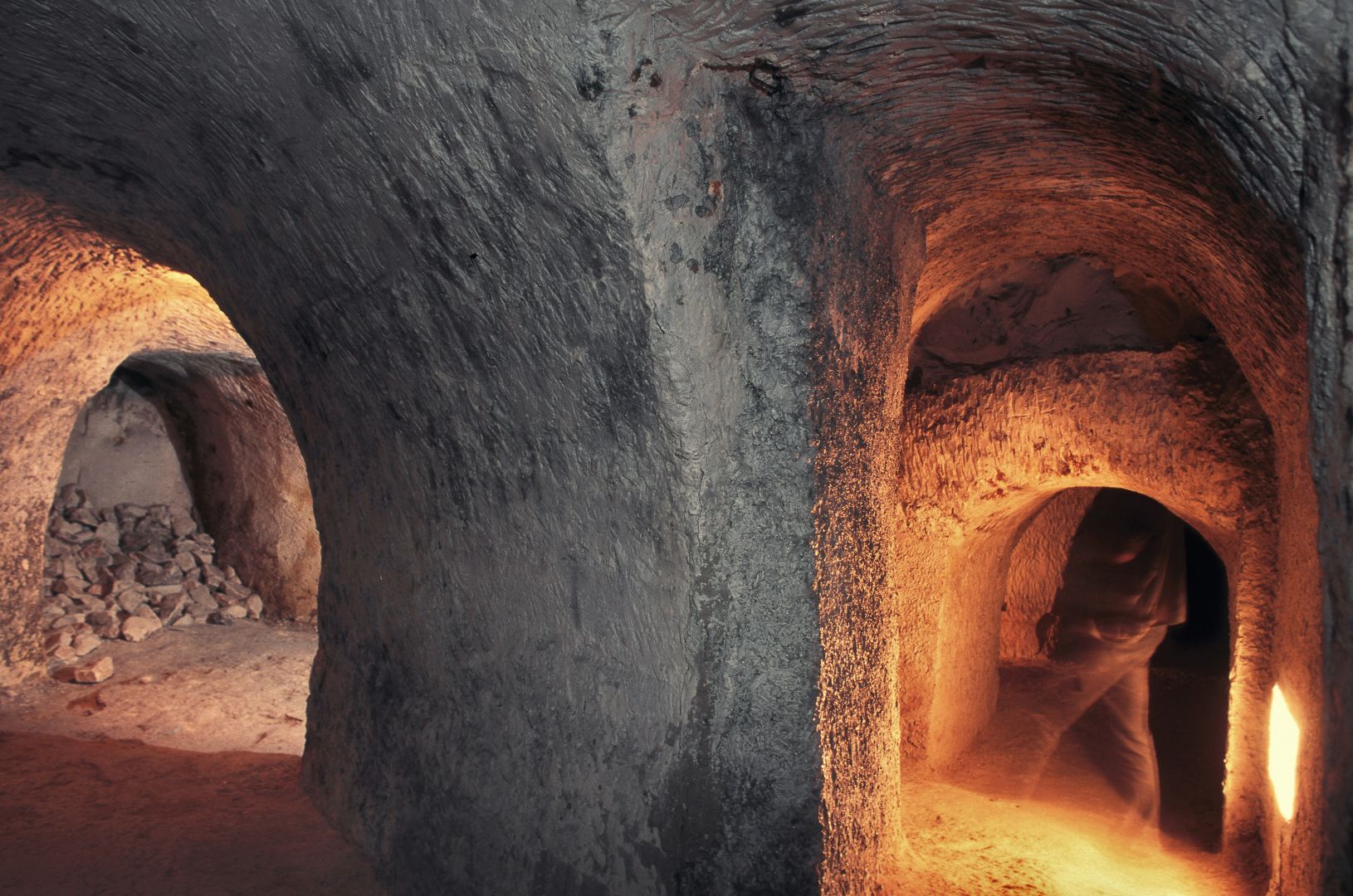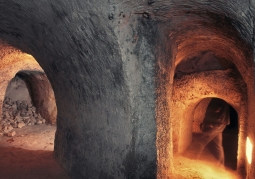Cretaceous underground - Chełm
No weather data
0.0 /5
Number of ratings: 0
Address: Lubelska 55A , 22-100 Chełm
The chalk underground in Chełm is a historic chalk mine that is a unique remnant of chalk mining in Europe. The multi-level complex of corridors and chambers located in it was the result of centuries of exploitation of writing chalk, the deposits of which are located below the city surface. The tourist route is about 2 km long and is located under the central part of the old town. On her trail you can see an exhibition about archeology, chalk mining and the history of the city, come across bats and meet the ruler of the underworld - the ghost of Bieluch. Periodic exhibitions are also organized in the entrance pavilion. It is possible to end the tour by going out through a brick mining housing from the 18th century to the restaurant. There are many myths and legends about the underworld among the city's inhabitants. It is common belief about treasures hidden in underground tunnels. The chalk began to be extracted in the 13th century, after the rebuilding of Chełm by the Halych prince Daniel. The oldest tunnels are located around the castle mountain. City residents extracted chalk directly from the basements and then sold it. They often sent raw material transports to distant cities (e.g. to Krakow for the Krakow Academy). It was used, among others in construction, ceramics and the paint industry. Tunnels also served as shelter during raids and wars. The largest development of mining activities was in the 17th and 18th centuries. In the 17th century, out of 100 houses in the city center, 80 had an underground entrance. In the preserved town documents, these entrances were called stone necks. After some time, individual excavations began to merge, creating an underground labyrinth, according to estimates, about 40 km (extending beyond the city limits, up to Stołpia). To this day, it is not known exactly where they end. Originally, the excavations were located at 4-5 levels, at a depth of more than 20 m. As a result of the collapse of the vaults, large rooms now called chambers were created. The chalk was extracted without any control. There were also unprecedented techniques of obtaining raw material and the protection of excavations characteristic only for the Chełm coal mine. Unlimited exploitation works lasted until the 19th century. The extraction of chalk was first limited and at the beginning of the 20th century it was banned completely. This decision was made by the city authorities with a view to the safety of the inhabitants of Chełm. In 1936, some corridors were penetrated during the construction of municipal waterworks. An illuminated route of 300 m has been prepared for tourist purposes. The Federation of Polish Unions of Defenders of the Homeland (veteran organization) took care of it. After World War II, the undergrounds recalled themselves in the 1960s. In 1965, part of Lubelska Street collapsed. Security and research works were undertaken at that time. Another incident took place in the 1970s. One of the corridors collapsed under the pressure of a truck crossing the street. The accident was a stimulus for excavations, thanks to which further corridors were discovered. The underground was then secured by miners from Silesia. Some of the corridors were buried, others were strengthened and in the 70s they were once again open to visitors. On January 25, 1995, by decision of the Provincial Conservator of Historical Monuments, a multi-level mining paving complex located near the Old Town of Chełm was entered in the Register of Historical Monuments of the Chełm Province
Komentarze
No results
Nearby places
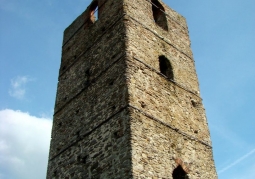
Defensive tower - Stołpie
Category: Defensive Fortifications and CastlesRuins of a medieval tower in the village of Stołpie in the Lublin Province. The building is on a quadrangle plan with dimensions of 6.3 by 5.7 meters. From the outside, the tower has a square shape, and from the inside...
10 km
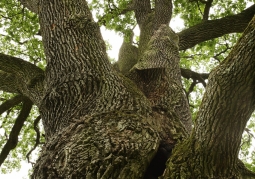
Bolko Oak - Hniszów
Category: Nature monumentsIn the remains of a former farm park in Hniszów, there is a 600-year-old "Bolko" pedunculate oak in the macroregion - a natural monument. The oak has a height of 23 m, a magnificent, oversized crown and its...
21 km
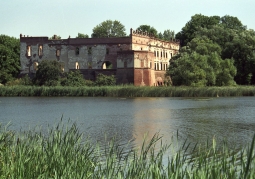
Noble castle ruins - Krupe
Category: LocksThe fortress was built at the beginning of the 16th century, and more precisely in 1492 by Jerzy Krupsky, the Korczak coat of arms. Originally it was a small castle. The next owner was Samuel Zborowski of the...
21 km
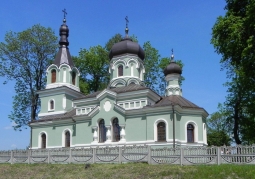
Orthodox church of the Protection of the Holy Virgin - Bońa
Category: ChurchesThe current building of the Orthodox church in Bończa was erected in 1878-1881. This investment was financed by the state treasury, from funds allocated for the construction of new religious buildings. In 1898, 1048...
23 km
Nearby places

Defensive tower - Stołpie
Category: Defensive Fortifications and CastlesRuins of a medieval tower in the village of Stołpie in the Lublin Province. The building is on a quadrangle plan with dimensions of 6.3 by 5.7 meters. From the outside, the tower has a square shape, and from the inside...
10 km

Bolko Oak - Hniszów
Category: Nature monumentsIn the remains of a former farm park in Hniszów, there is a 600-year-old "Bolko" pedunculate oak in the macroregion - a natural monument. The oak has a height of 23 m, a magnificent, oversized crown and its...
21 km

Noble castle ruins - Krupe
Category: LocksThe fortress was built at the beginning of the 16th century, and more precisely in 1492 by Jerzy Krupsky, the Korczak coat of arms. Originally it was a small castle. The next owner was Samuel Zborowski of the...
21 km

Orthodox church of the Protection of the Holy Virgin - Bońa
Category: ChurchesThe current building of the Orthodox church in Bończa was erected in 1878-1881. This investment was financed by the state treasury, from funds allocated for the construction of new religious buildings. In 1898, 1048...
23 km
